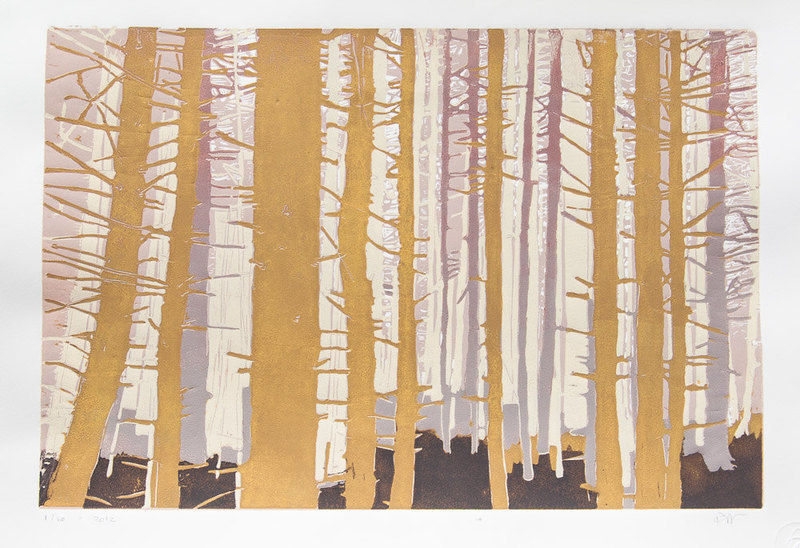Is your studio dangerous for your art?
After you have spent your time creating something unique, you don’t want to be worried about an accident in your workplace.
We have gathered tips from professionals to help you minimize risk and protect your collection.
Create zones for different tasks.
Create zones that allow you to do different things in your space. You can paint in one place in your studio. In preparation for your trip, designate another area to pack and organize and another place to store completed works.
Next, organize the art with the appropriate materials and place them in their “home.”
Framed art should be stored professionally.
If you are a two-dimensional artist, frame your work with the wire hanger, even if you don’t intend to hang it on the wall. You could stress the hinges, leading to broken wires and damaged art. You can also use this rule to transport art: Use the two-hand law to keep it upright.
Use white gloves
After the paint has dried, it is time to enforce a new rule: wear white gloves when handling artwork. White gloves protect your artwork from dirt, soil, and fingerprints. This six-dollar purchase will save you from an expensive error and a damaged piece of art.
Strategically store
Art is like Goldilocks. It’s happy when the temperature, light, and humidity are right. It is easy to ruin an art collection by placing it next to an open window or other temperature-sensitive mediums. Avoid placing your “storage area” near windows, doors, vents, direct sunlight, or ceiling fans. Your art should be as dry, dark, and comfortable as possible before being displayed to the public or sold.
Think “light pieces on top” for three-dimensional work.
Pop quiz: Where is the best place for three-dimensional art?
Half the time, you are correct if you guess on a shelf. The answer is simple: A metal shelf with padding and the lightest items on the top rack. The bottom shelf should be lined with the heaviest work. This will reduce the risk of rich art falling off a shelf. The risk of art falling through the bottom rack is greater than the top rack.
Photos can be kept off-site or stored in the cloud.
What happens if your insurance documentation needs to be in paper format? Your work is gone. Keeping your inventory documentation off-site or using a cloud-based software system such as Artwork Archives is essential.
You can control the environment.
Even though your work is protected from direct sunlight and kept away from temperatures below freezing, elemental damage can still occur if it lives in a particularly humid environment or experiences temperature fluctuations. Art can expand or contract due to changes in humidity and temperatures. This can increase the risk of art deterioration.
Keep your studio cool. For most art mediums, the ideal temperature range is between 55 and 65 degrees Fahrenheit. A dehumidifier is a good investment if you live somewhere humid. Tip: Keep the temperature at 20 degrees if 55-65 degrees is not feasible for your studio. This will avoid the harmful effects of fluctuation.



